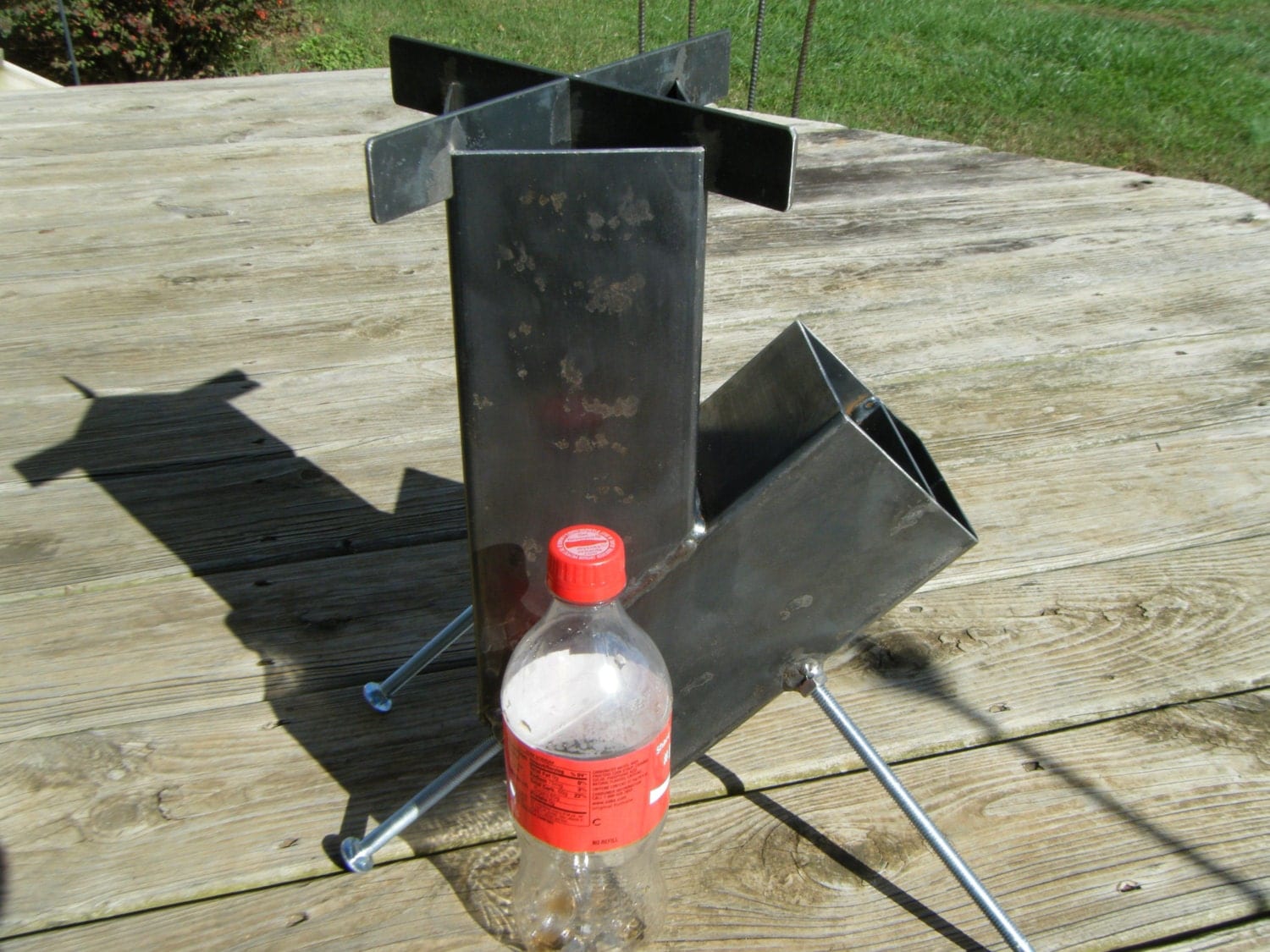

Here, we take a look at a DIY rocket stove project that consists of smaller house bricks and that similarly comes in at a budget busting total of just $6. That’s all there is to it, so stick some food on the stove and get cooking! Tutorial Three: The Rocket Stove Water Heaterīrick rocket stoves seem to be the most popular variety, so I wanted to give you a little choice as to which you opt for. This then means that there’s no need to move the upper stoves… you can simply side feed and go! The breeze block that is then underneath is the other way around, allowing for you to place your wood in without it dropping, and thereby allowing for the heat to rise up into the single blocks.Īdd your wood into the central breeze block, this is done through the side as you’ll place your end breeze blocks with their open ends outwards. It’s important that the upper double breeze block, which sits directly underneath the two single breeze blocks, is seated with its open end underneath (pointing upwards). Then add the last two single breeze blocks with their open ends pointing upwards. The first tutorial is perfect for those looking for something small and compact, but what if you want something more impressive, or that is capable of heating at least two pans at once? Well, luckily for you, we have a tutorial for a dual burning stove, and better yet, this tutorial requires just six bricks (as well as few other items as listed below) and a budget of $6!įirst, you need to place the double breeze block bricks into a rectangular shape, with the two middle ones lying flat against one another, and the other two stood upright at either end. Now you’re all done and ready to go, so pop those twigs in so that they rest on your shelf and light it up! Tutorial One And A Half: The World’s Smallest Rocket Stove You may also wish to add that hanger handle by drilling two holes either side of the top of the can. To finish off your now great looking rocket stove, you can spray paint it black (being sure that the paint is special high heat paint). Simply cut a rectangle from the metal scraps that you have, cut around an inch into each side and slide the shelf into its place, finally folding down its flaps for a secure fit. Now it’s time to add a mini shelf within the can that pokes outwards from the larger can. You should then fold down four tabs on the larger can, using a hammer if you need a little help.

Now, fill the can with insulation so that the space between the larger and smaller inner can is completely topped up and packed down. With the lid from the largest can, cut out a hole that covers all of the area surrounding the smaller can within it. With this now flexible end, insert it into the other smaller can’s hole (be sure that this can is already within the larger of the cans). Then, go ahead and cut 1.5 inch tabs around the rim. First, cut one rim off so that it is an open can at one end. You can even use the cut out circle from the large can to guide your margin and cutting efforts. Step Two – Mark and cut a hole within the inner can Once the hole is cut, you should check out whether the small can fits inside. Once done, you can go ahead and cut the hole out (be sure to remember your goggles and gloves for safety).

You should use the lid from the smaller of the cans to do this, placing the hole with its bottom edge around 5cm from the bottom of the larger can. Step One – Mark and cut the centre hole within the large can High heat spray paint (if you want to go all out).



 0 kommentar(er)
0 kommentar(er)
